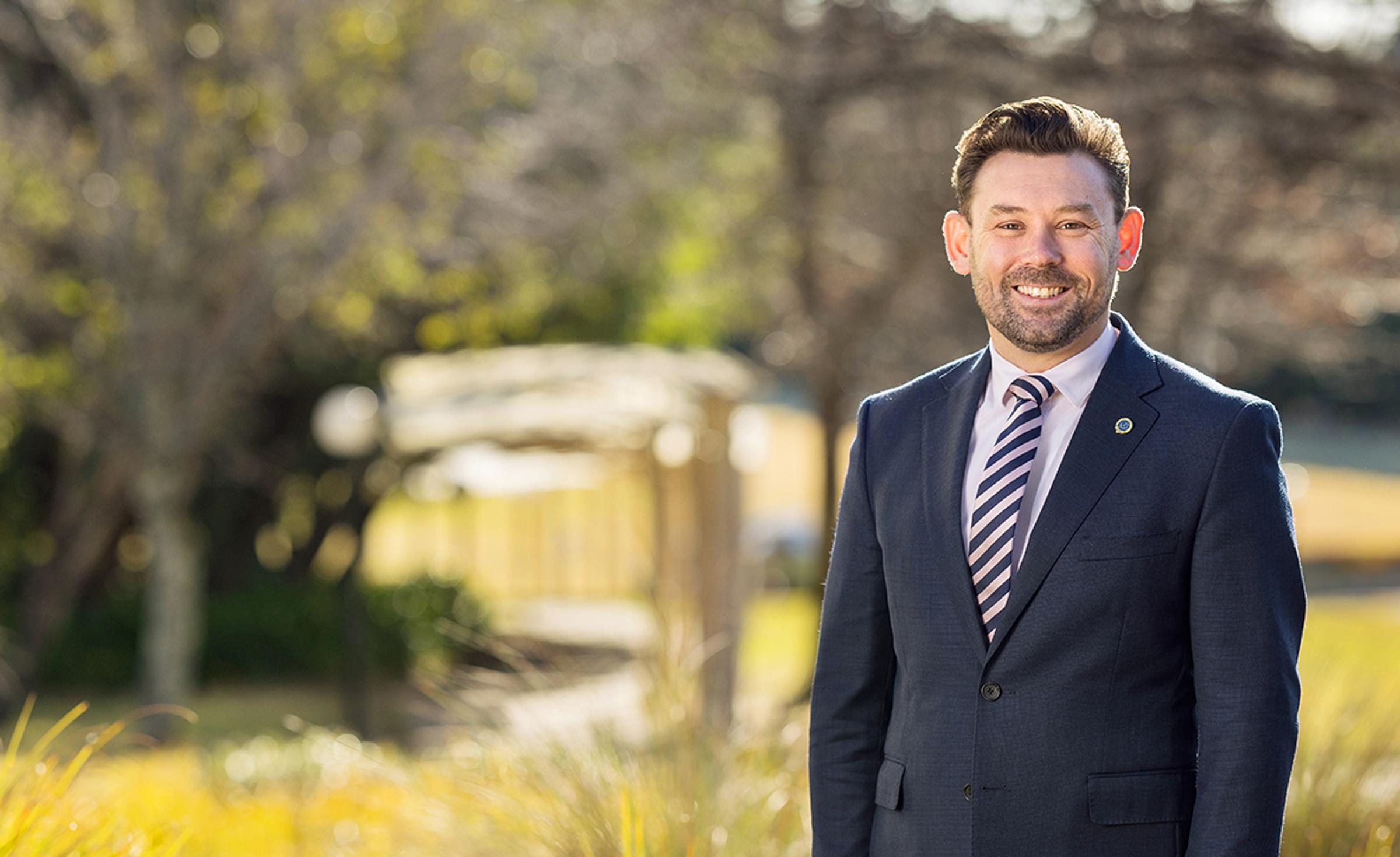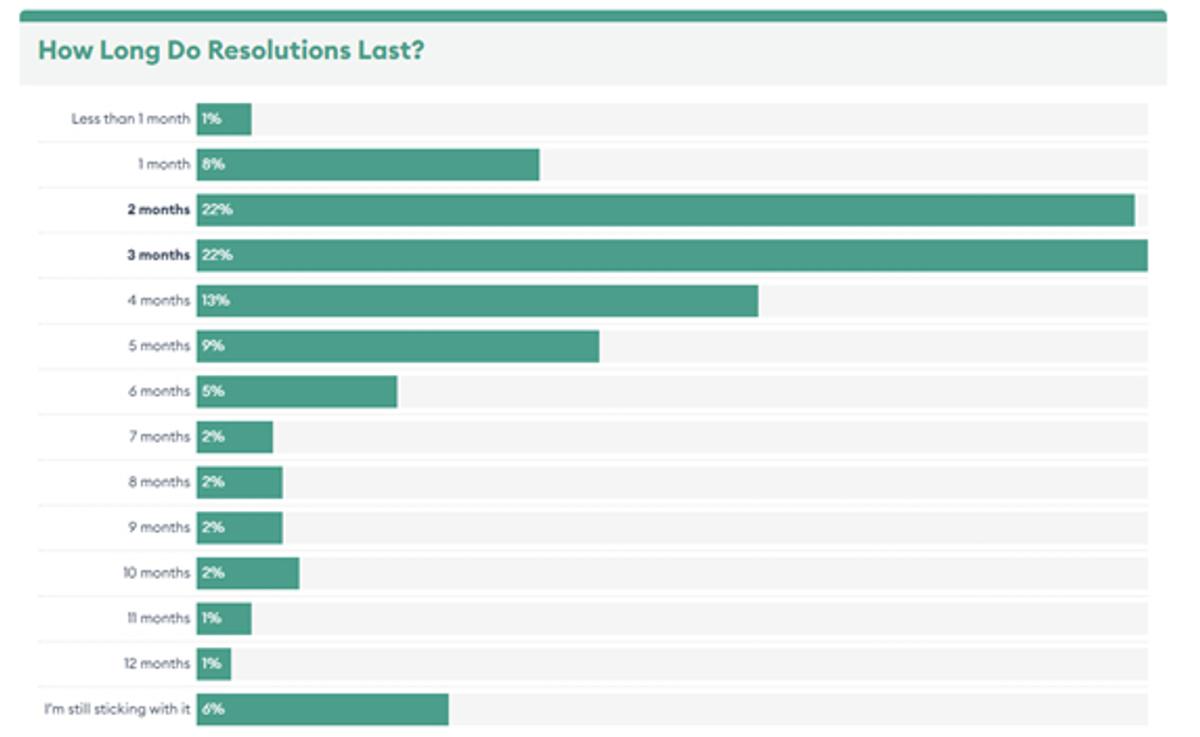From the Director of Innovative Pedagogies

Developing the Elusive Skill of Self-Discipline in Children and Teens
We are now into mid-February and I wonder how many of us made New Year's resolutions that are still intact. The start of a new year serves as an opportunity for many to set new goals and commit to better habits. But what happens when the energy and excitement of the fireworks fade? How many New Year’s resolutions fail to come to fruition? Well-meaning promises to ones self about exercise regimes, picking up musical instruments or beginning new hobbies may well have been squeezed out by the fast pace and entrenched habits of life. According to Forbes, 53% of New Year's resolutions have been forfeited by 1st April, with only 6% of changes lasting long term. Depending on your experience making these kinds of resolutions, this may or may not surprise you.
As difficult as developing new habits and self-control can be for adults, teaching our children to be self-disciplined is a new level of challenge. For children and teens in 2024 there seems to be unlimited ways to spend time, connect and be entertained with devices with alternate opportunities competing for their attention. So how do we setup our young people to be selective, ignore distractions and focus on the longer term rather than the shorter term? We know that self-control is a valuable skill to teach, but how do we go about it?
- Keep Temptations Out of Sight
One of the most important tools for self-discipline is keeping temptations hidden. For teens, this could be doing homework in a place away from devices and consuls. For younger children this could be about removing toys or items that have caused problems in the past and only getting them out on certain days of the week. As children get into their teen years, they may be able to self-identify the parts of their environment that distract them and deal with them independently however, until then, as the adults in their lives we can help by removing the temptation in the first place; removing the trigger for impulsive behaviour is part of the solution.
- Plan for Breaks
When we don’t know when the end is going to come, it is difficult to pace ourselves. This is true for physical events, but also tasks that are cognitively and emotionally draining. We can help build self-discipline by outlining early when the downtime is coming and letting our children and young people know when they can switch off and have a break. This is especially true if they are expected to self-monitor for longer periods.
Studies show that people don’t maintain the same levels of self-control over time. If you give them two demanding tasks to complete — one immediately after the other — people usually show less self-control during the second task. One reason for this is that self-control depletes over time. We literally lack the energy to keep going.
Knowing the brain science behind temptation and self-discipline is helpful for parents and teachers as we setup and monitor a significant amount of the students’ environment. I will be writing about this more next fortnight as it is such an important issue for us all.
Mr Christopher Sanders
Director of Innovative Pedagogies
